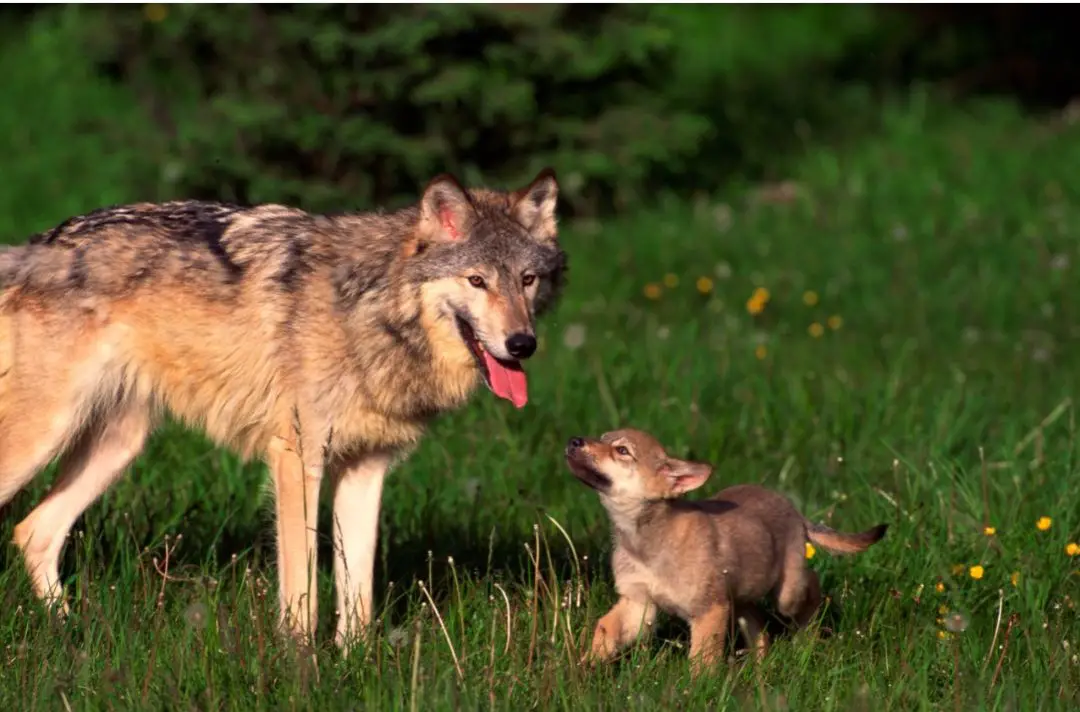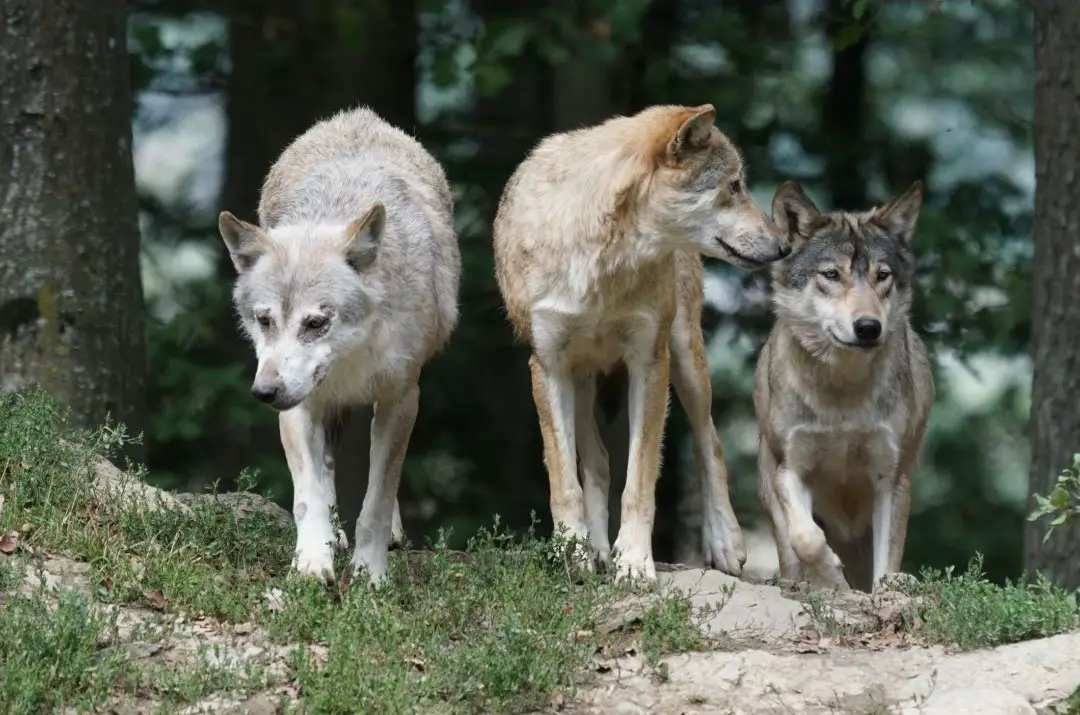We’re still reeling from the Game of Thrones finale. It may be over, Winter may have come, but we are still obsessed with Westeros. George R. R. Martin may have made up a medieval fantasy world, but not all of it came from his imagination.
Some things, such as the majestic dire wolves were actually real.
Yes, that’s right, the Stark’s pet Dire Wolves were an actual thing! But don’t start getting your hopes up of owning your own pet wolf, as the ones used in the TV show were actually wolf-dogs.
Wolves have been around for centuries, with many different types of the species, from Gray wolves, red wolves, arctic wolves and many more. So, are Dire Wolves real?
Are dire wolves real?
Yes, dire wolves are real, or should we say were real, as they roamed the Earth between 125,000 and 9,500 years ago. Recently, more than 4,000 dire wolves have been excavated from a place called the La Brea Tar Pits near Los Angeles, along with the remains of Gray wolves, which still exist today.

What is a dire wolf?
A dire wolf, or Canis dirus was once classified as a canine, but is now in the genus Aeonocyon dirus, which means terrible, or dreadful. It’s no wonder why.
These prehistoric, giant wolves were of an imposing size, had bone cracking teeth and were known for preying on the largest of herbivores. The dire wolf also had a bite force that was stronger than any Canis species known to mankind.
The dire wolf was once the most remarkable beast that roamed parts of the Americas and Asia, and is the long lost cousin of the common Gray Wolf. However, this type of wolf was prehistoric, and larger than the wolves we know today.
Weighing around 150 lbs, these creatures were substantially larger than typical wolves and preyed on the now extinct megafauna such as ground sloths, Ice Age horses and buffalo.
Many dire wolf remains have been excavated across various habitats, from grasslands and mountain areas in North America, along with the arid savannas of South America and Eastern Asia.
All of the data about dire wolves points towards the dire wolf as the last surviving member of its ancient lineage, and is completely distinct from all living canines in the world.
Although they look similar in appearance, dire wolves and gray wolves are different genetically, and were evolutionary distant cousins, and unable to breed with variations of the wolf. Whilst the gray wolves adapted to climate change, the dire wolves were doomed to die out.

Why did dire wolves die out?
The dire wolf actually died out around 13,000 years ago, after surviving hundreds of millennia, so why did this happen?
For the most part, it seems that the dire wolf was an ancient creature, and was unable to interbreed with gray wolves and other canines. Therefore, its lineage was doomed to end.
In addition to this, most research suggests that the dire wolf preyed mostly on large herbivores, and hunted animals such as wild horses, camels and bison, all of which were becoming extinct or drastically declining in numbers in the areas of North America.
Around 13,000 years ago the majority of these animals were nearing extinction, making food very sparse for the dire wolf. As gray wolves were more adaptable, and could evolve to the changing environment around them, dire wolves simply died out, and the gray wolf became the more common canine.
Along with other creatures, large cats, huge bears and a whole menagerie of ancient animals, the dire wolf was one that could not evolve or adapt to the transforming environment as the Pleistocene period ended and the world changed.

How are dire wolves different from normal wolves?
The dire wolf was an apex predator indeed. It was a formidable, ancient canine that was almost five feet from head to tail, and weighed anywhere between 150 to 200 lbs. This is substantially larger than the biggest wolves around today, and about 25% heavier than the traditional gray wolf.
When the dire wolf was discovered, its preserved skeleton looked so similar to that of a normal wolf, that scientists immediately categorized the dire wolf as a canine.
However, new research shows that dire wolf genetics are vastly different from a gray wolf, much like how humans are distantly related to chimps, but not exactly the same.
The studies showed that the dire wolf was not a wolf after all, but rather the last in a long line of ancient dogs that had evolved in North America. Close inspection of the bones and DNA showed that the American dire wolves were very distantly related to the Gray Wolves that came from Eurasia, and had not shared a common ancestor for about 5.7 million years.
Their similarities in appearance was a result of convergent evolution, where different species have developed similar seeming adaptations and appearances, because they have evolved and have similar ways of life.
As the dire and gray wolves would have spent a lot of time chasing large herbivores and prey, they had developed similar evolutionary traits and characteristics, both looking wolflike, but were not that closely genetically related.
This could be why dire wolves and gray wolves were unable to breed, and the dire wolf became extinct. Canids such as wolves and coyotes are able to create hybrids and interbreed, which keeps the animals alive and evolving.
Scientists have found no DNA evidence of dire wolves interbreeding, which meant that these creatures became genetically isolated, unable to create hybrids.
As gray wolves hailed from the harsh environments of Eurasia, they had a much better chance of survival at the end of the ice age than the dire wolf did, and were able to continue their lineage, whereas the dire wolf could not.
Despite being called wolves, recent studies have concluded that these ancient creatures were more closely genetically related to prehistoric dogs than wolves, and not like the gray wolves we have come to know and recognize.

